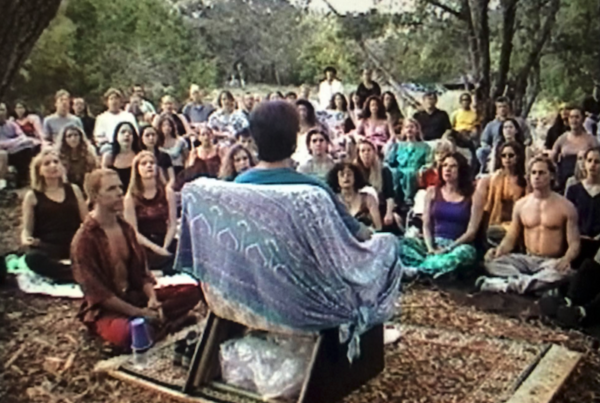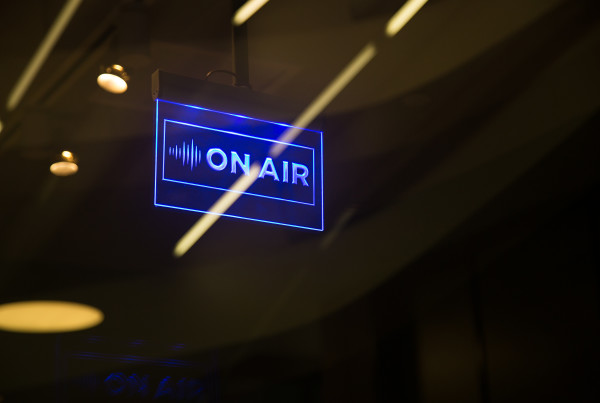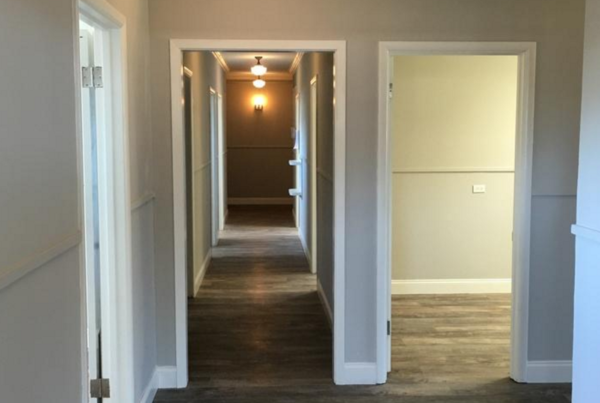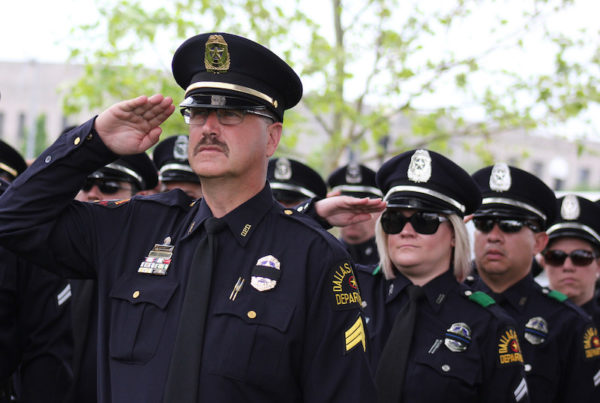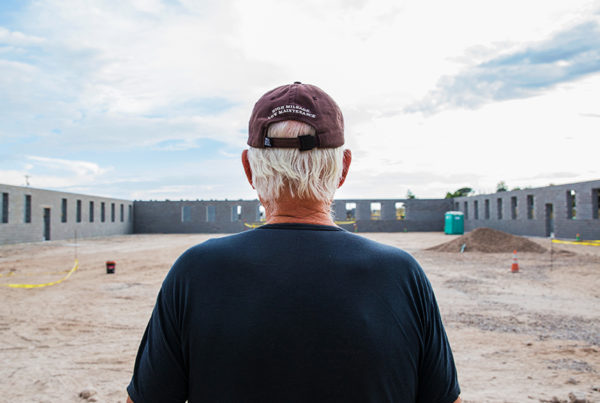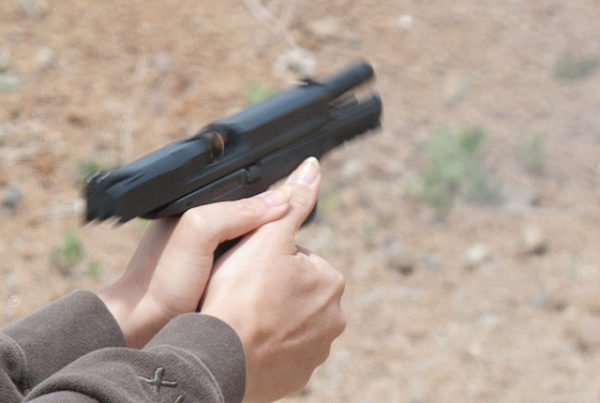Over the past two years, more than 250,000 people have been detained at the U.S.-Mexico border by Border Patrol agents. Many of them came from an area known as the Northern Triangle – a part of Central America that includes Honduras, Guatemala, and El Salvador.
They’re fleeing economic hardship and gang violence. In El Salvador alone, the murder rate last year was the highest in the world: 108 per 100,000 people.
San Antonio Express-News immigration and border affairs reporter Jason Buch spent time in the streets of El Salvador for the newspaper’s special series, Gang Rule. He says that in the capital, San Salvador, gangs operate “with impunity.”
“There just seemed to be an inability by the government to stem this control that the gangs have,” Buch says.
It can be difficult for citizens to move about freely within the city, Buch says. The two rival gangs have networks of subgroups, called clicas, that control patches of territory within neighborhoods. Crossing into the wrong territory could get you shot.
“It’s interesting the way that people were impacted,” Buch says. “If you could move around in your own vehicle, it was actually reasonably safe, but on foot or on public transportation – which a lot of people have to use because there’s a high poverty rate there – it can be very dangerous.”
Buch says the gangs’ control is bleeding out from the cities into rural areas, which had previously been relatively peaceful. The people he spoke to said that their children were now being recruited by gang members and that violence against women was on the rise.
“The gang members exercise this control in their territory, and they just take advantage of young women – and really, young girls – without fear of retribution,” Buch says. “The families are afraid to go to the police because they know they can be killed for speaking out.”
Desperate to escape the violence, families flee to the United States – or send their children by themselves. Buch says between 2014 and 2015, the number of deported Salvadoran immigrants who cited violence and insecurity as the reason for leaving increased from 12 to 18 percent.
Many of those running away end up in South Texas. Because of the influx, new facilities had to be built.
“Immigrations and Customs Enforcement has opened two large family detention centers … solely for holding families, primarily families from Central America,” Buch says. “So we went down there to sort of check in and see, try to figure out what are the factors driving people up here.”
Listen to the full interview in the audio player above.




